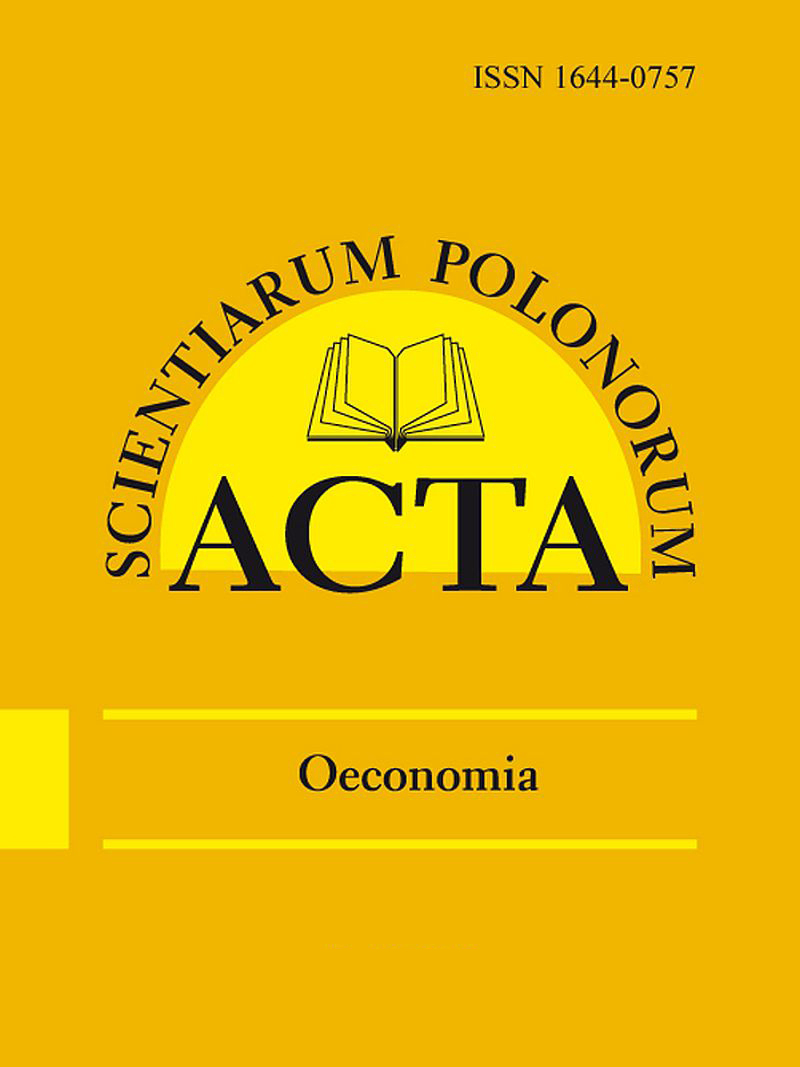PROGRAMOWANIE LINIOWO-DYNAMICZNE JAKO PODSTAWA OKREŚLENIA KIERUNKÓW ROZWOJU GOSPODARSTW ROŚLINNYCH WOBEC ZMIAN WSPÓLNEJ POLITYKI ROLNEJ W PERSPEKTYWIE ŚREDNIOTERMINOWEJ
LINEAR-DYNAMIC PROGRAMMING AS A BASIS FOR SETTING THE DIRECTIONS OF DEVELOPMENT FOR FIELD FARMS AGAINST CHANGES IN THE COMMON AGRICULTURAL POLICY IN MEDIUM-TERM PERSPECTIVE
Author(s): Marek Zieliński, Wojciech ZiętaraSubject(s): Economy, Agriculture, Socio-Economic Research
Published by: Szkoła Główna Gospodarstwa Wiejskiego w Warszawie
Keywords: field farms; farm models; linear-dynamic programming; Common Agricultural Policy
Summary/Abstract: The purpose of the article is an attempt to determine, in the 2019 perspective, the economic situation of farms specialising in cereals, oilseeds and protein crops, with the economic size of 4–25 (very small), 25–50 (medium-small), 50–100 (medium-large) and 100 thousand EUR and more (large), operating on lower soils with the soil classification index (SCI) of up to 0.7, with an emphasis on changes in the Common Agricultural Policy (CAP) 2014–2020 as compared with the CAP 2007–2013. This was made using a model-based method (linear-dynamic programming method). These models adopted the maximisation of agricultural farm income as a criterion for optimisation. It was determined that the growth in income of these farms will be limited in case unfavourable pricing conditions on the market of biotechnological products and production measures last until 2019. This will mean that, in 2019, very small cereal farms will have no funds to pay the cost of farmer and his family’s labour at the parity level and the cost of development, while medium-small cereal farms will have no funds for development. Only medium-large and large cereal farms will retain the possibility to pay the cost of farmer and his family’s labour at the parity level and the cost of further development.
Journal: Acta Scientiarum Polonorum. Oeconomia
- Issue Year: 16/2017
- Issue No: 2
- Page Range: 145-153
- Page Count: 9
- Language: English

